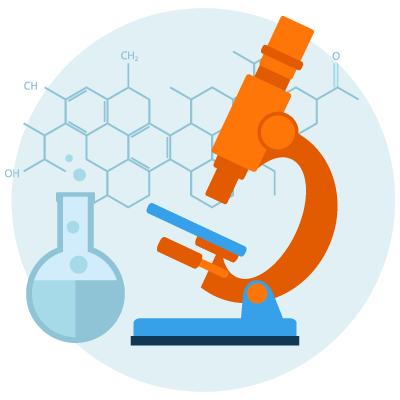Multiple sclerosis (MS) is a disease in which the immune system attacks the protective sheath, called myelin, that covers nerves in the brain and spinal cord (central nervous system; CNS). Myelin damage is called “demyelination”. This disrupts communication between the brain/spinal cord and the rest of the body. The CNS can generate new myelin (called “remyelination”) after damage, but for unknown reasons, remyelination fails or is incomplete in MS. We do know that efficient removal of myelin debris from the area after demyelination is essential before remyelination can occur.
In the CNS, a specific cell type, called microglia, can clear out myelin debris after damage. In MS lesions, one of their functions is to pick up, digest and clear myelin debris. How microglia are activated to clear myelin is not known.
Associate Professor Laura Piccio has been studying the role of TREM2, a protein on the surface of microglia, in the clearance of myelin debris and remyelination. The team’s preliminary results suggest that TREM2 plays a key function in these processes and that the activation of TREM2 could enhance myelin debris clearance and remyelination.
The goal of this study is to investigate the molecular mechanisms supporting remyelination in the CNS with a specific focus on the effects of activating TREM2.
Associate Professor Piccio and her team have made significant progress in this project. They have shown that TREM2 regulates the activation of microglia and macrophages (another immune cell) that can move to the CNS during the development of MS. The number of cells that express TREM2 increases in areas of inflammation, but each cell has a similar amount of TREM2. Some of the cells that express TREM2 in areas of inflammation are actively involved in breaking down myelin and lipid debris (the fatty products of inflammation). The clearance of myelin debris is important for remyelination to occur.
In collaboration with colleagues at Ohio State University, Associate Professor Piccio and her team looked at the different levels of genes being switched on in areas of inflammation. This showed that areas of inflammation are rich in macrophages and microglia. It also highlighted a link between TREM2 and CD68, a marker for cells that clear foreign substances such as myelin debris.
Associate Professor Piccio and her team are now looking at how TREM2 clears myelin and lipid debris in a laboratory model, with results expected within the next three months.
Updated 31 March 2025
$247,255
2023
3 years
Current project




